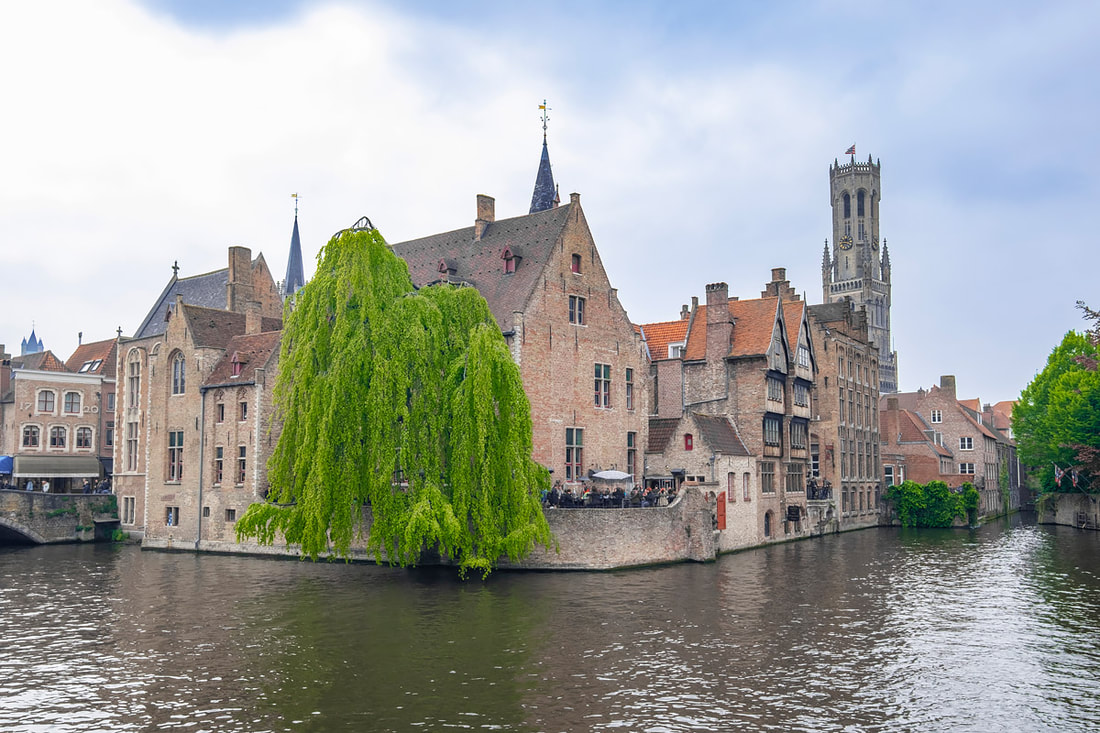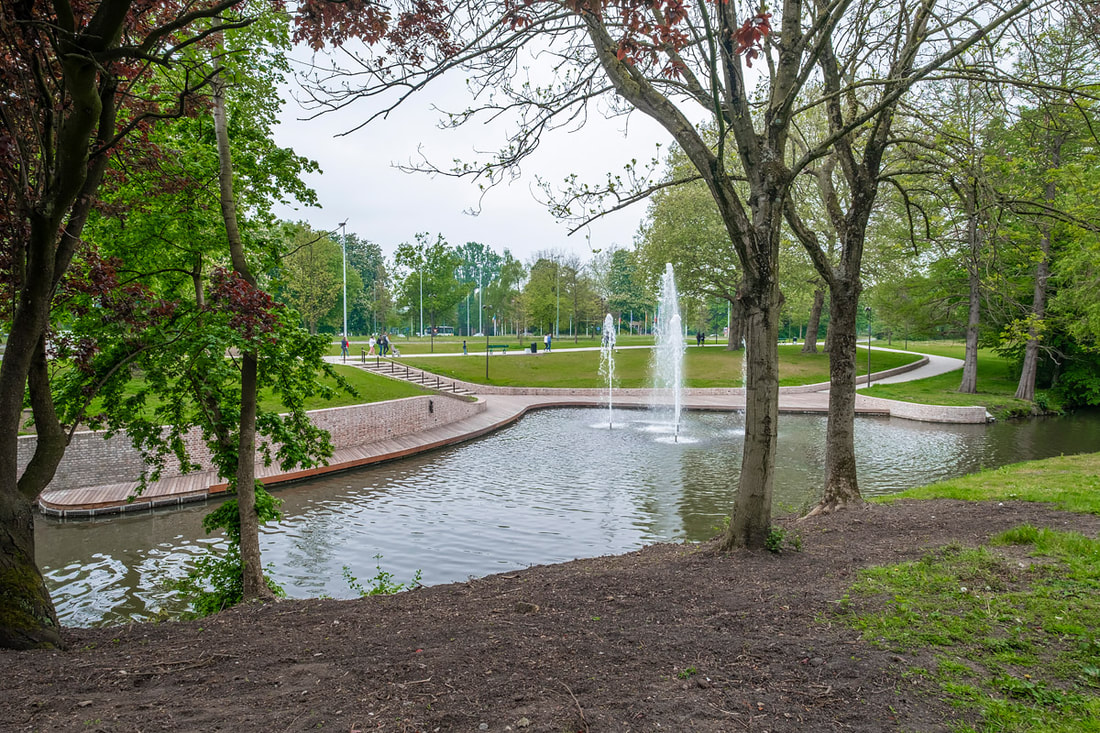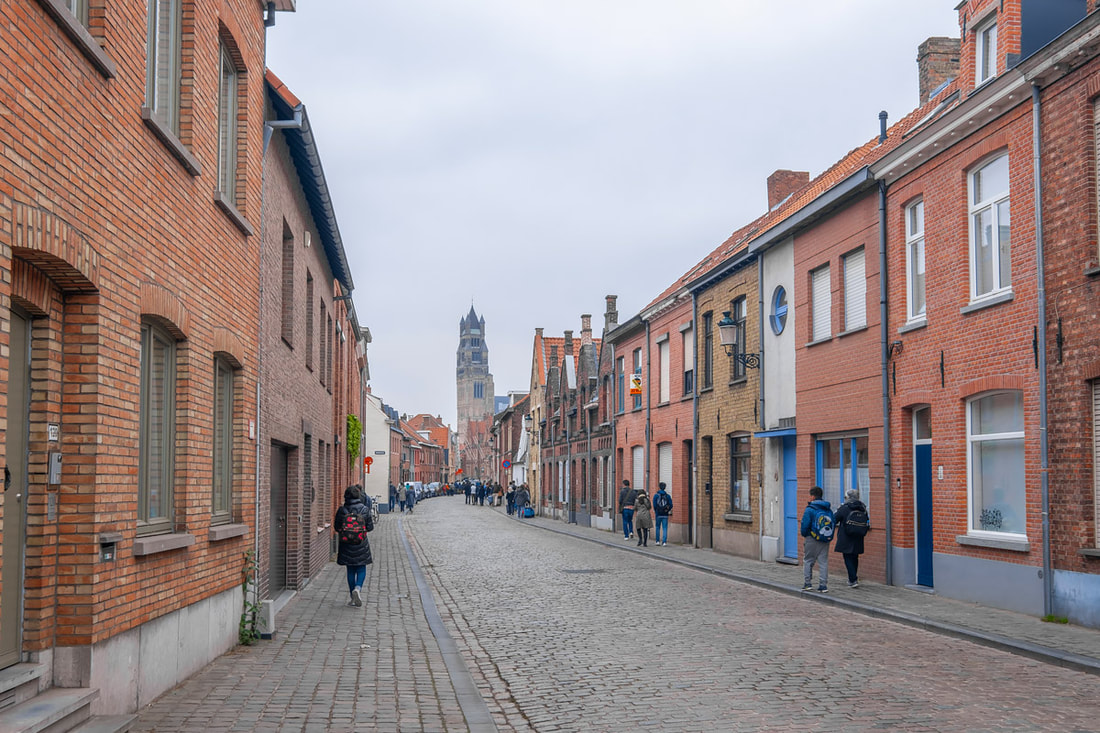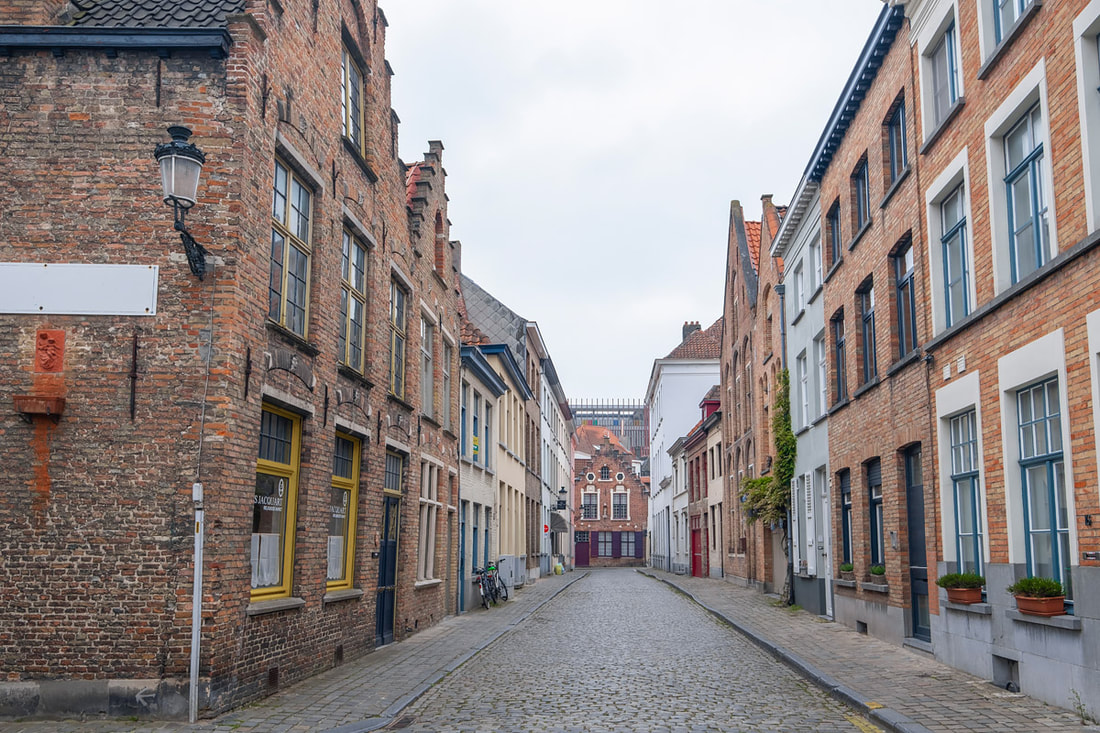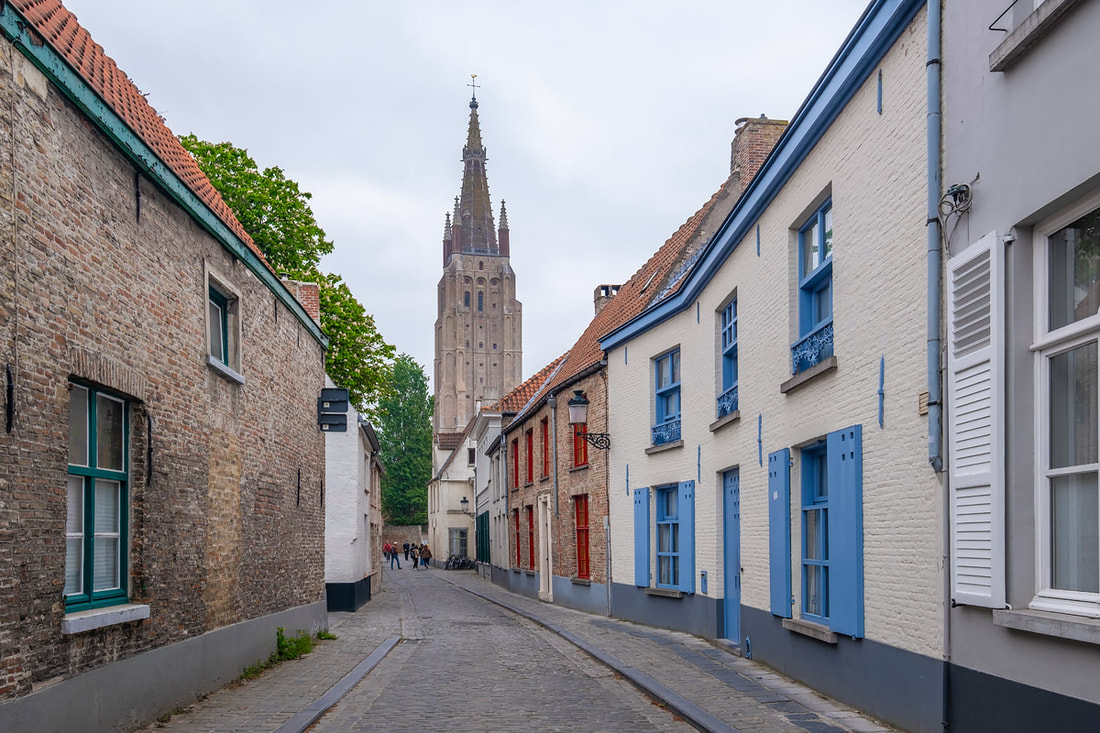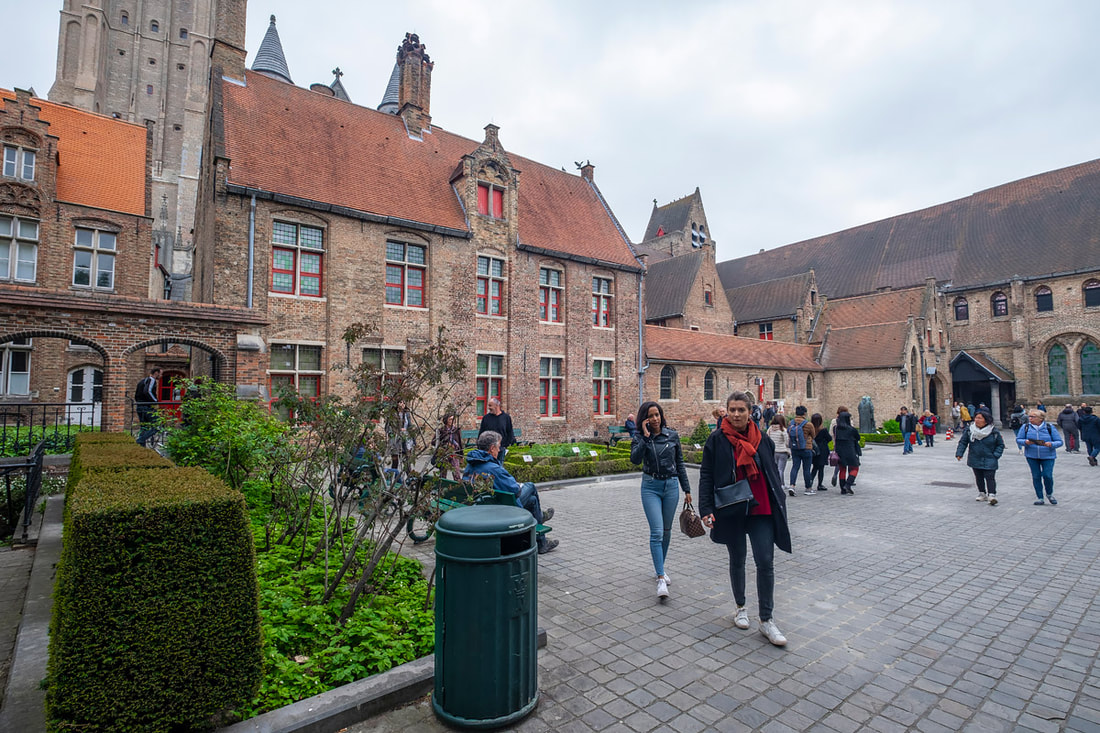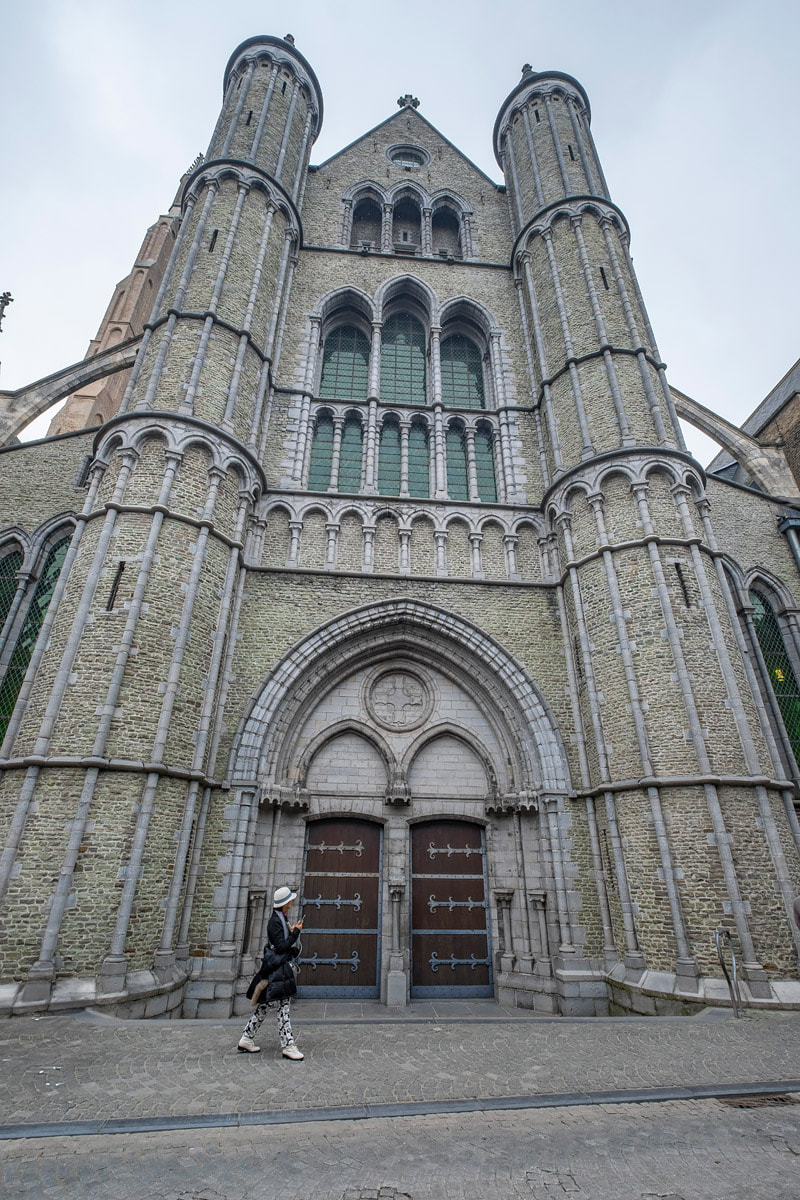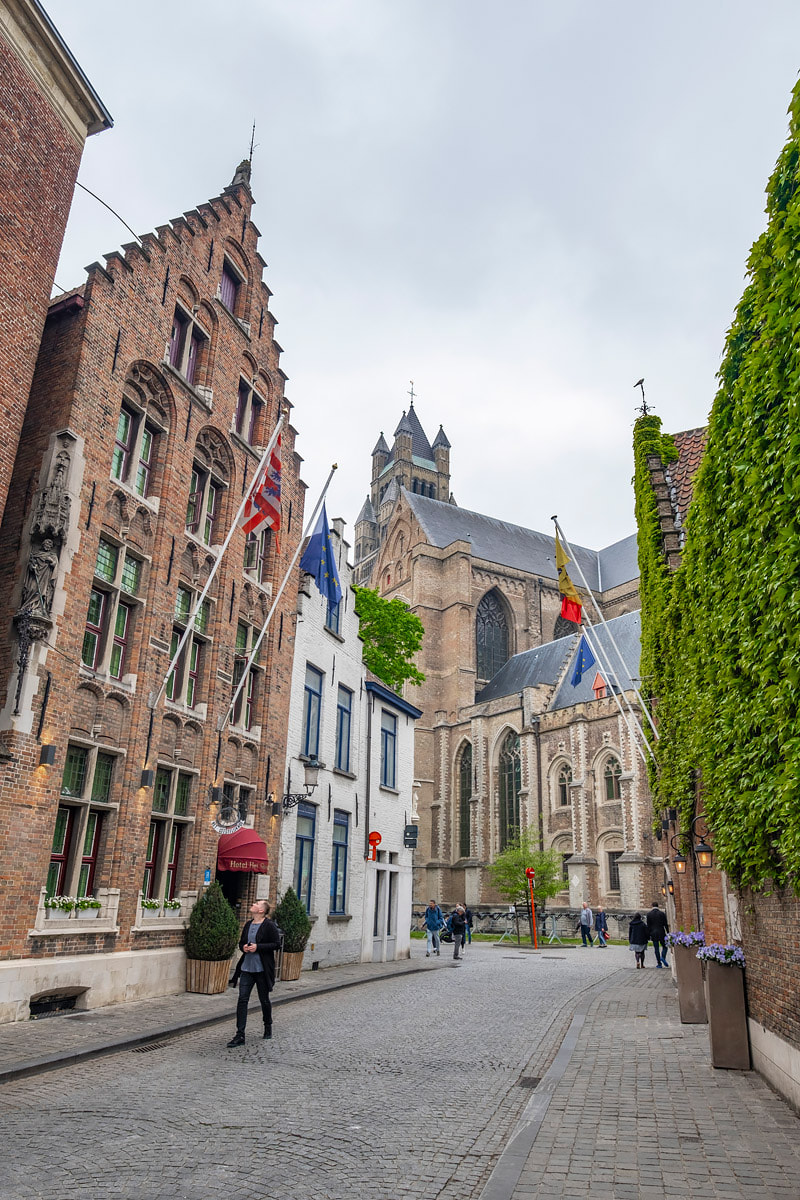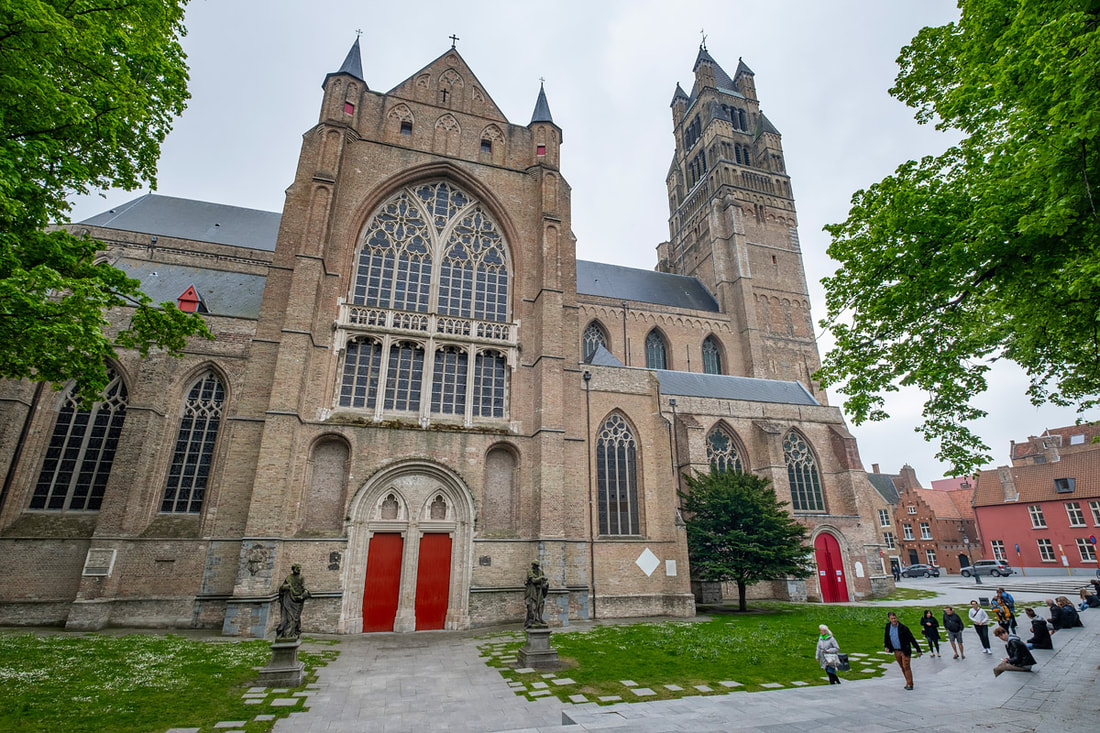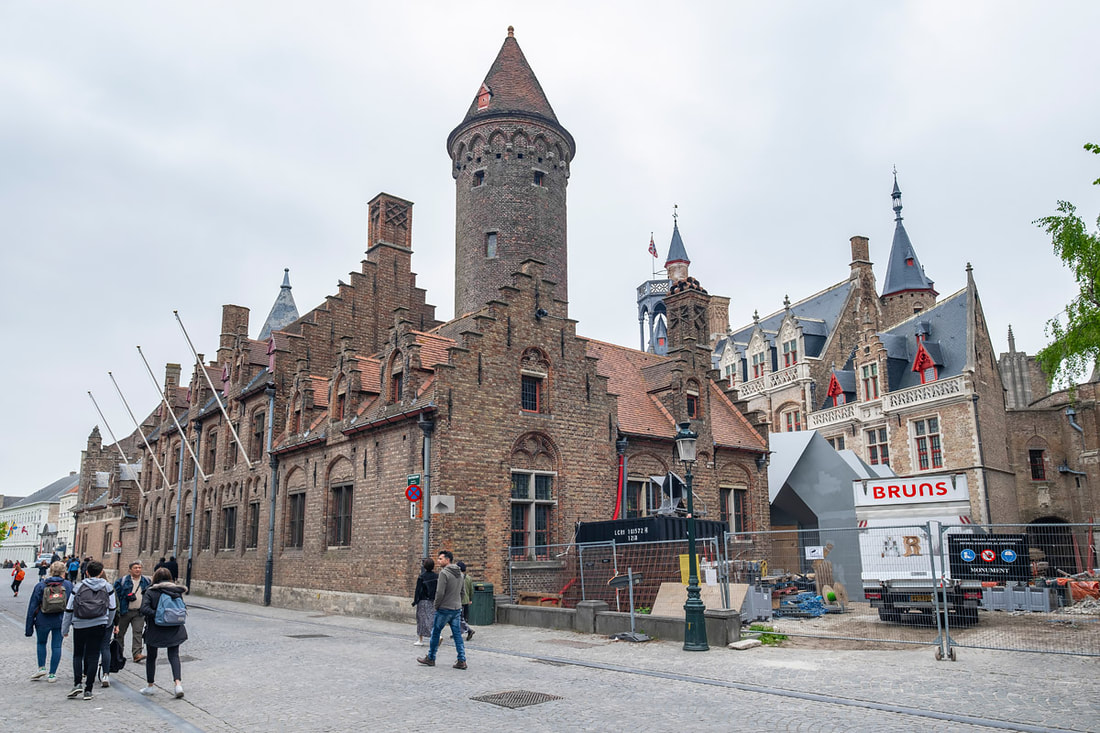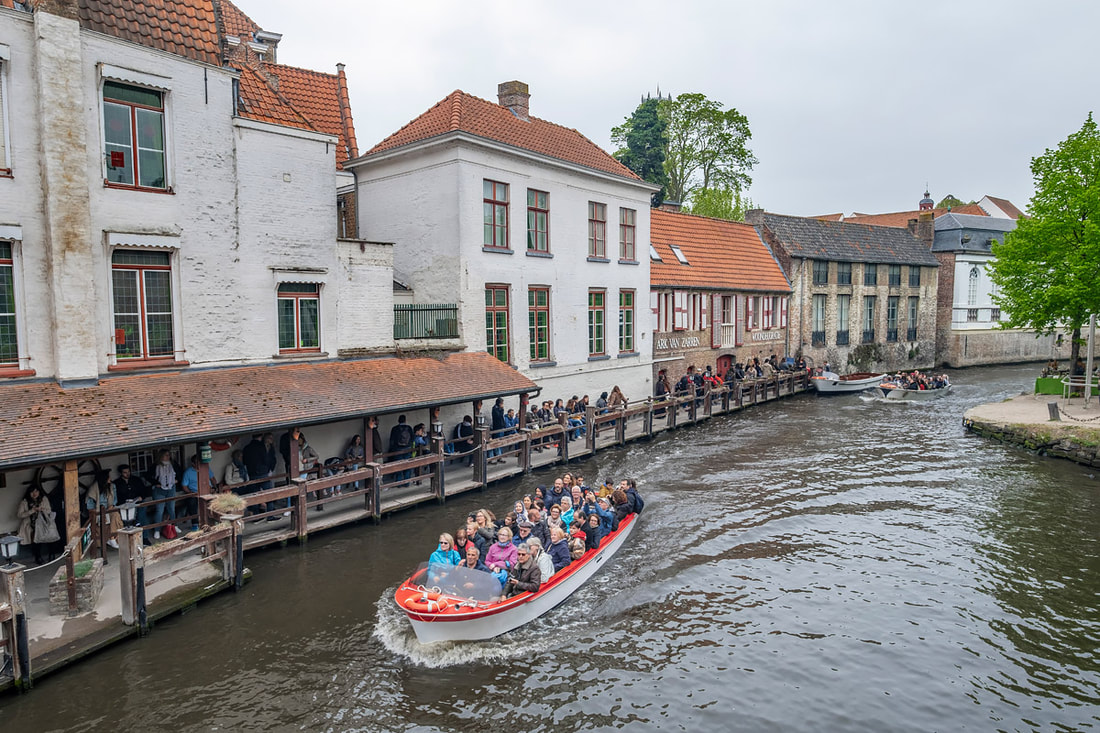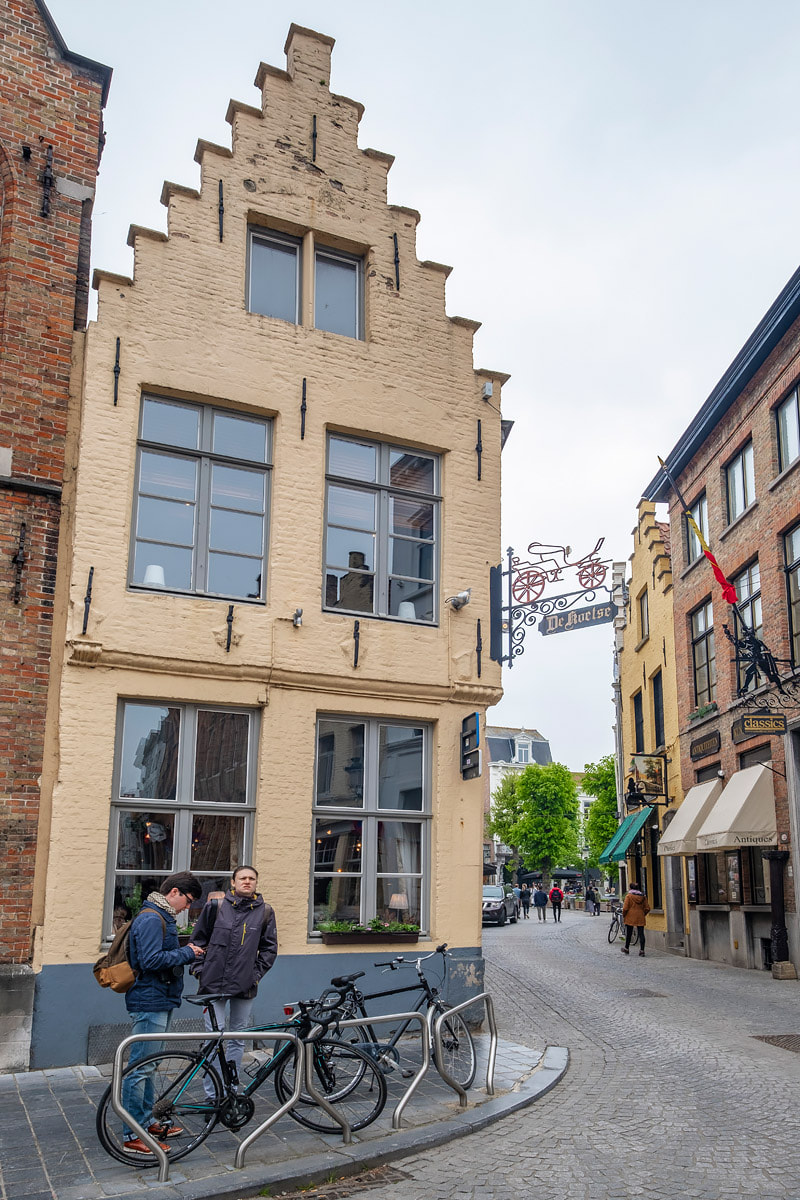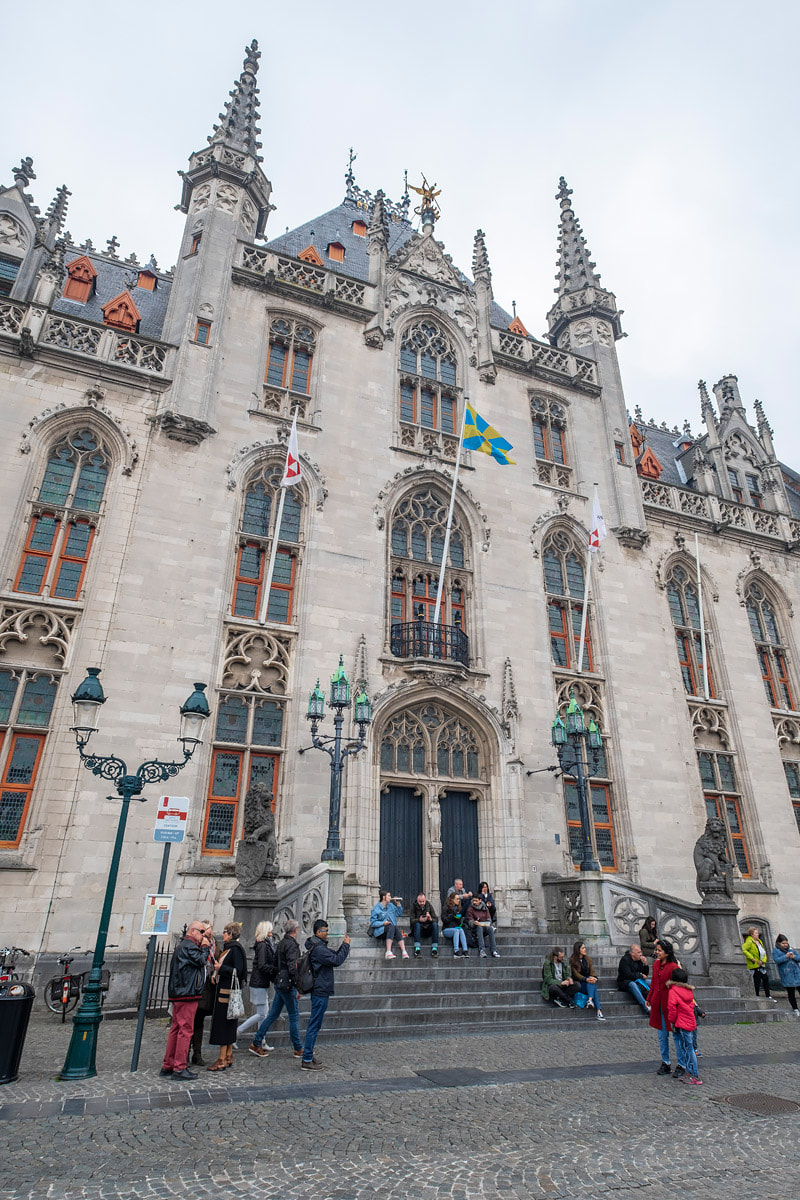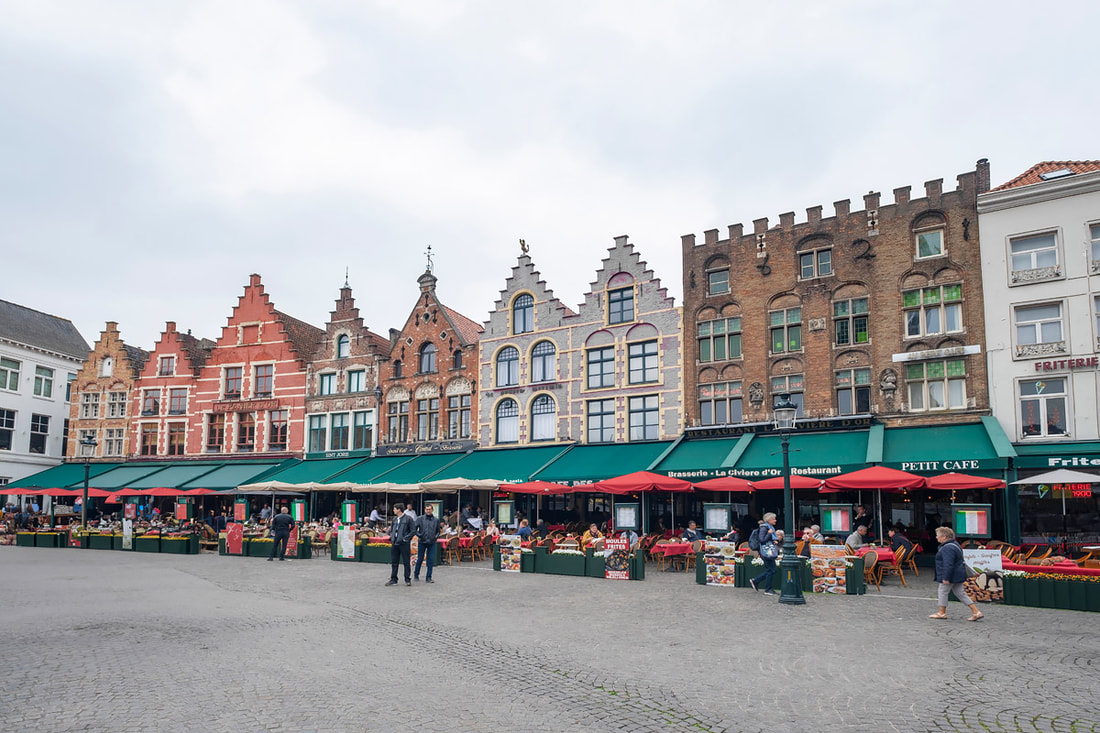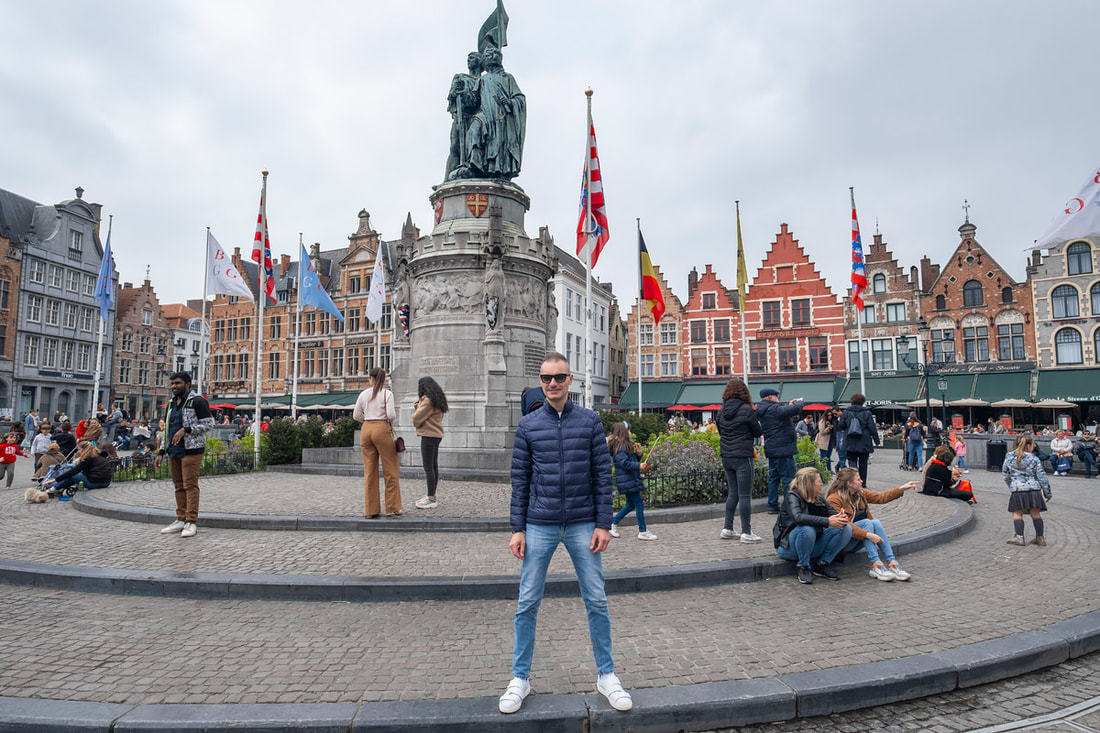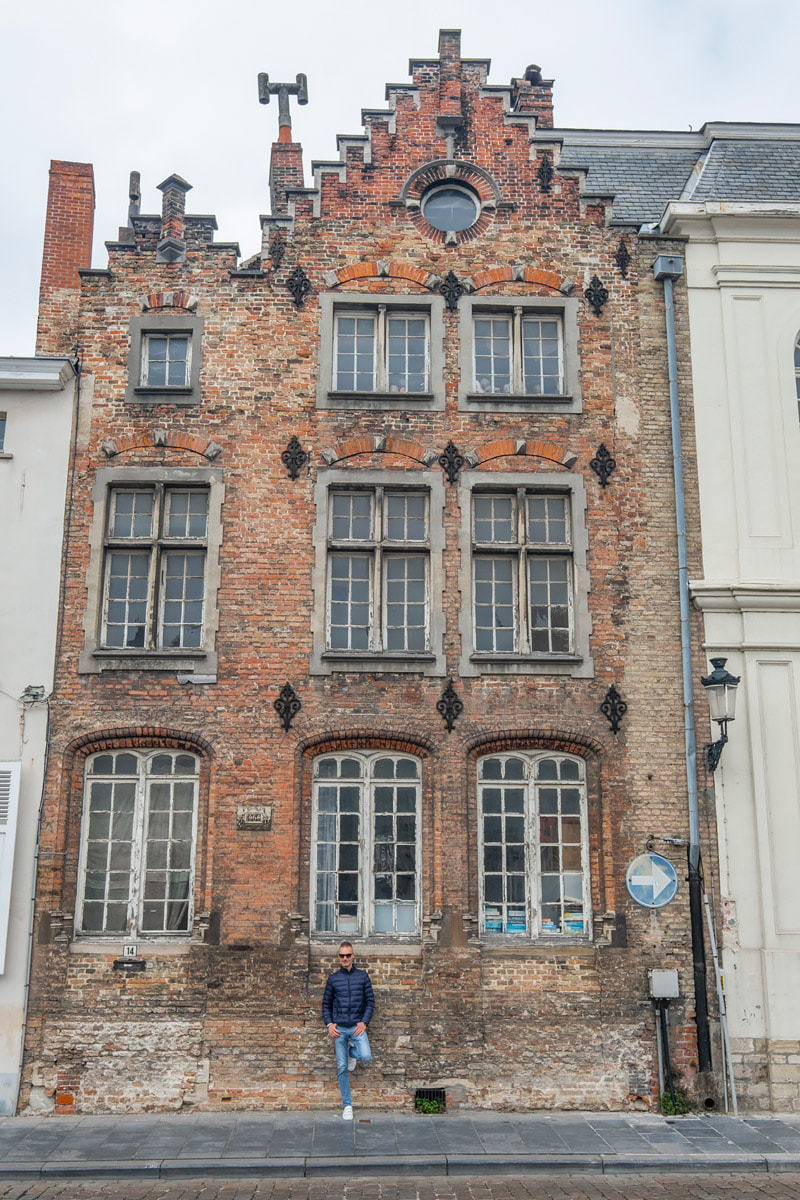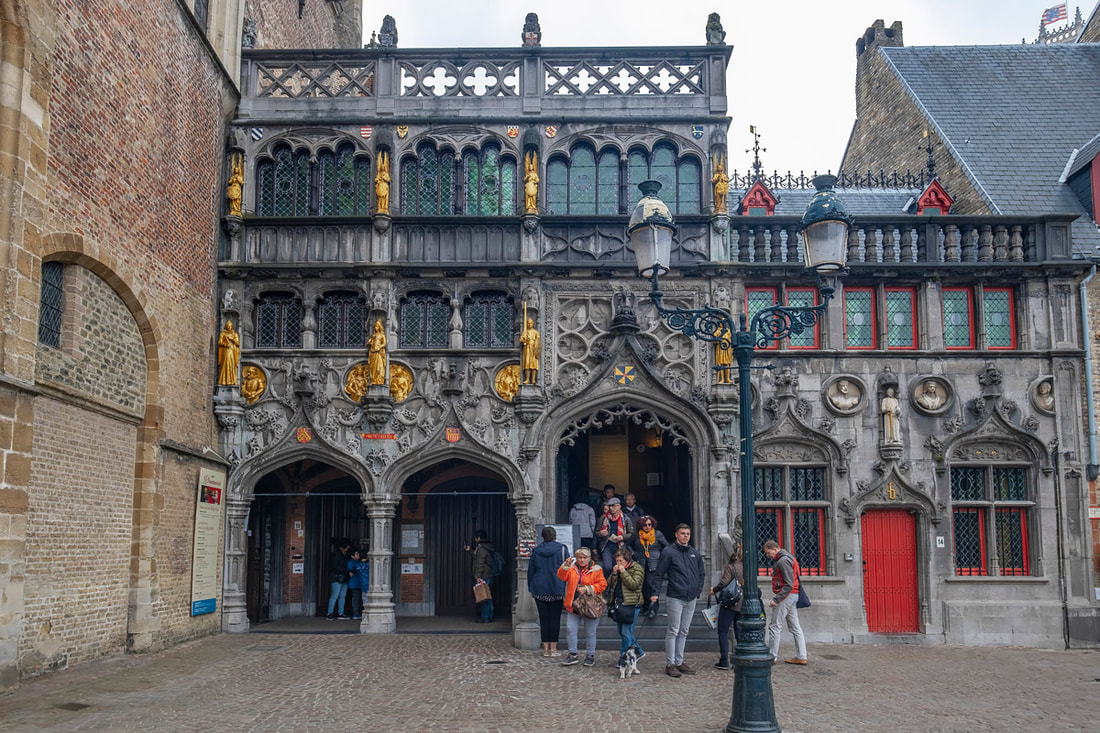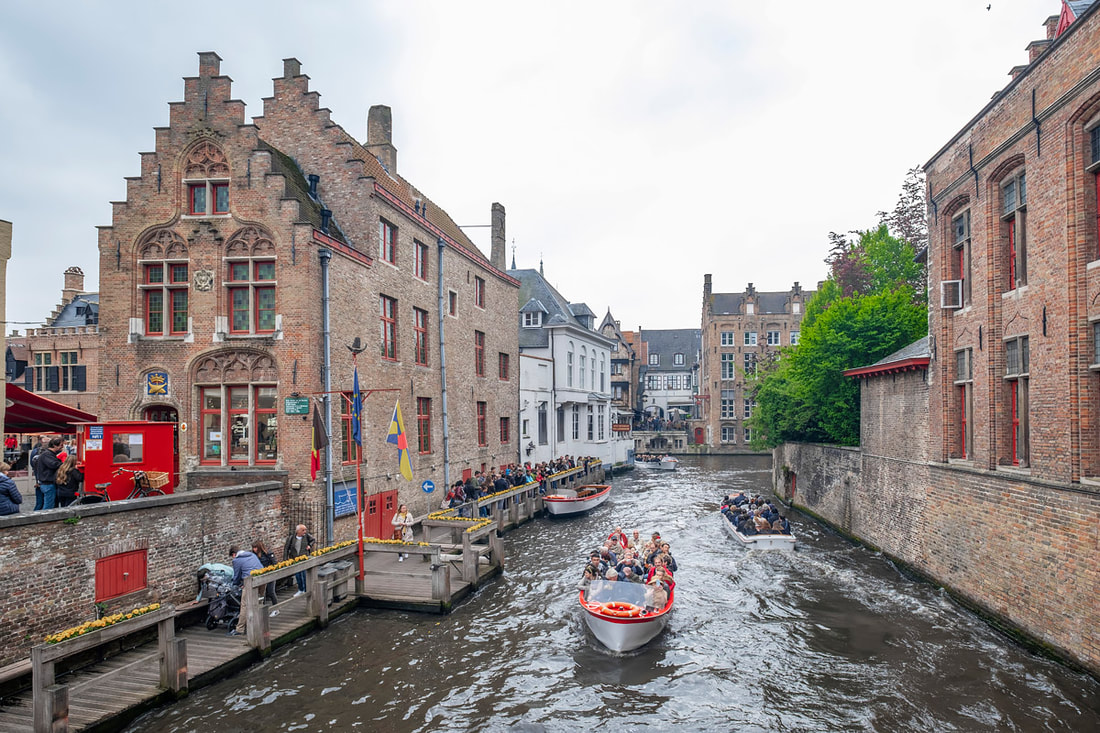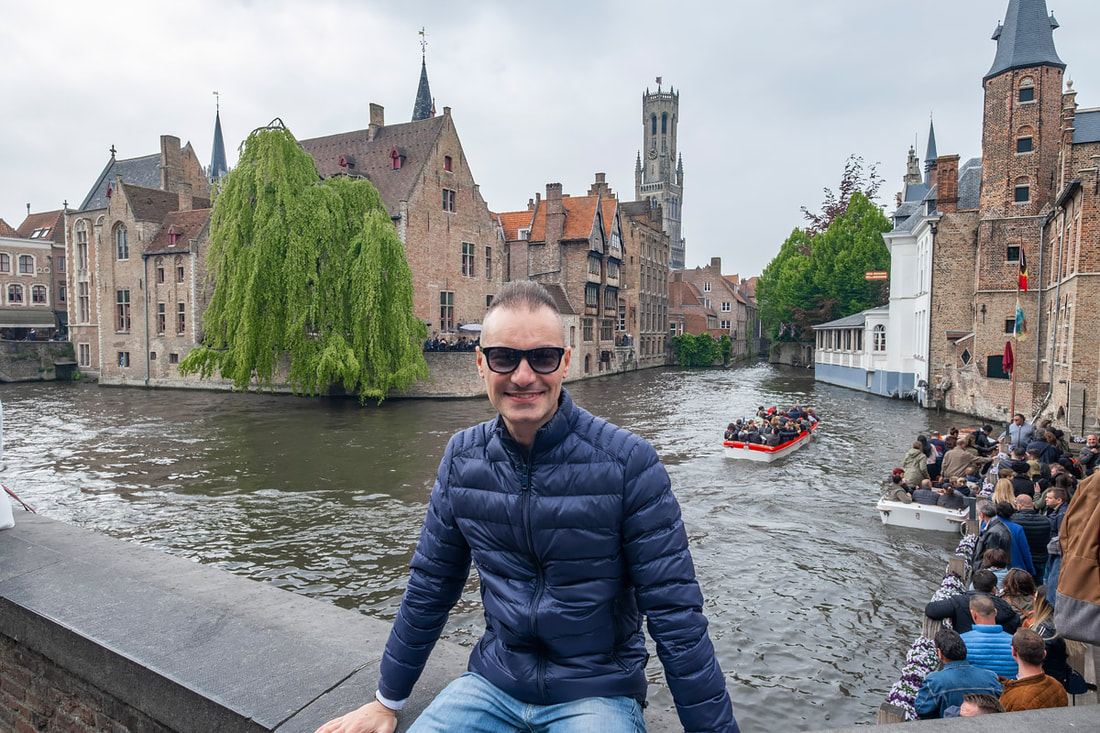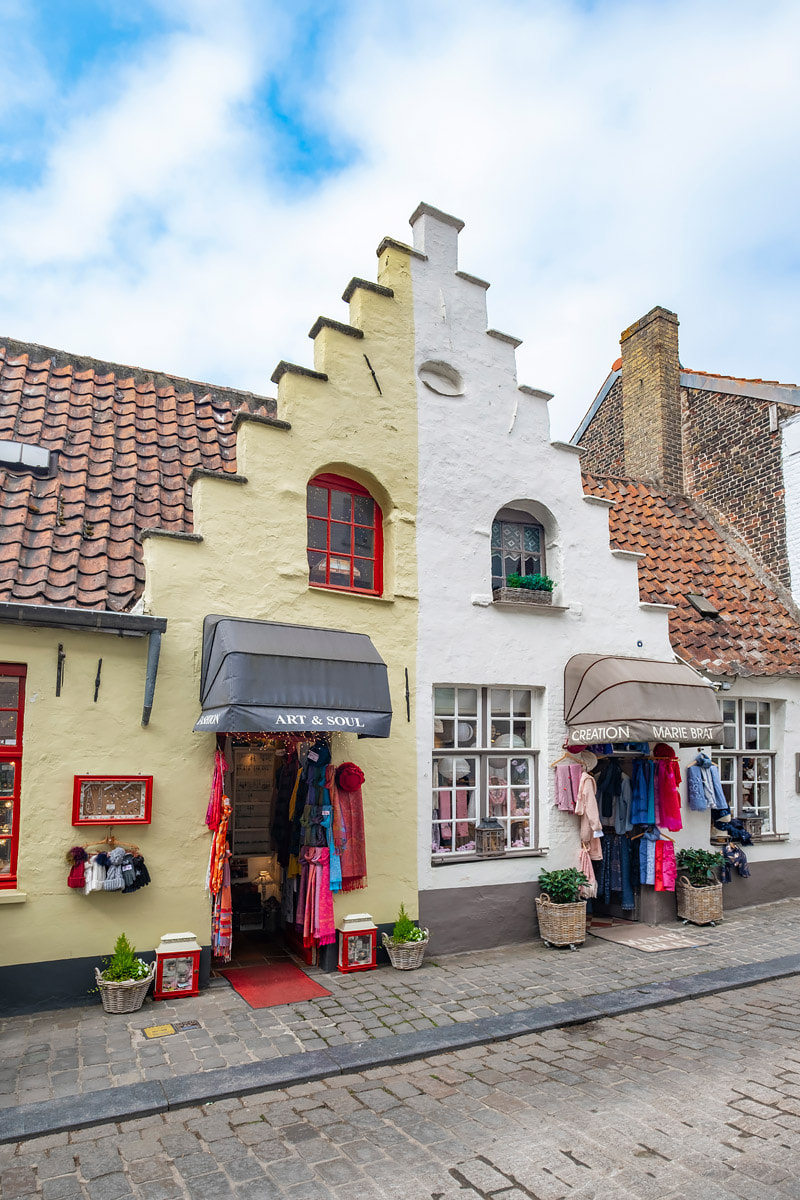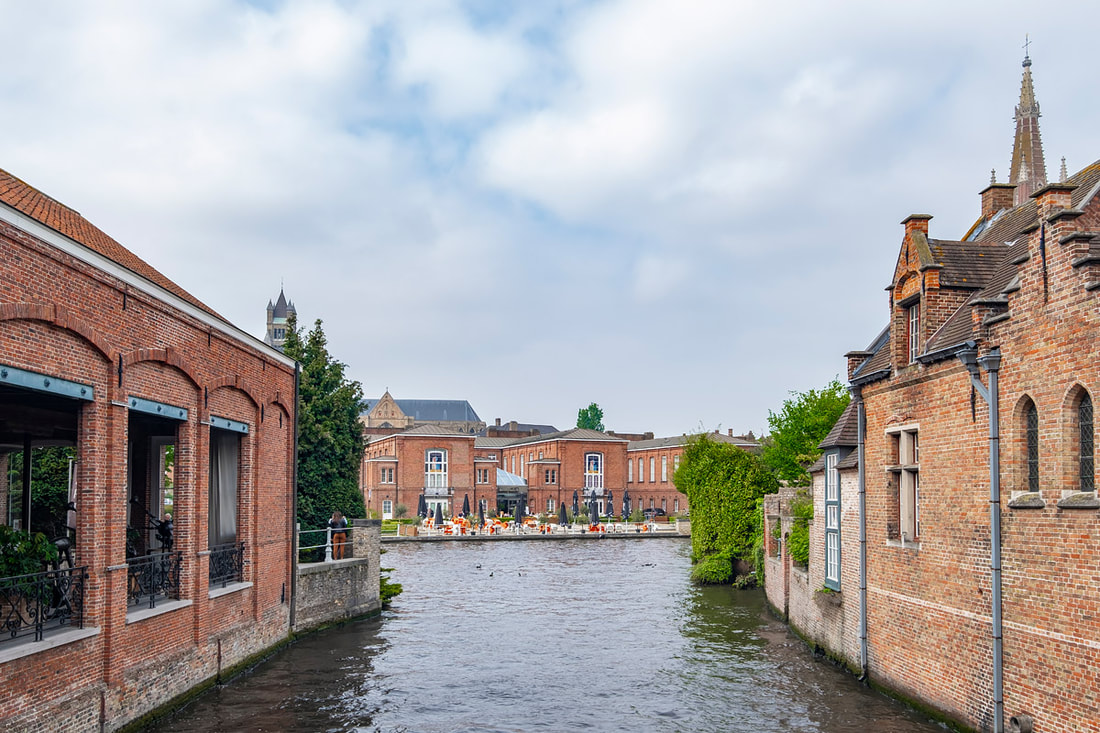By Antonio MalaraBruges was the second Belgian city that I visited during my stay in Brussels in May 2019 together with my travel partner at the time. Planned as a full day visit, it lasted a little less but for good reason. Speaking to the ticket agent at the station, she advised me to also visit Ghent on the way back from Bruges because it was worth it. The lady was right and yet the time spent in Bruges was enough to visit the most important things. I was prepared about the things to see in Bruges and this optimized our visit as best as possible, this detail also gave us the possibility of being able to return in time to stop in Ghent too. I was very curious about Bruges because everyone talked about it as a sort of of Venice because of the canals but during my studies I realized that this was not the case. However from what I understood, the canals of Bruges as well as the rest of the city had a personality of their own, comparisons in general were just misleading. The important thing that motivated me was that I was going to Bruges to see a new and characteristic city that for me had nothing to do with Venice. The journey to Bruges lasted just over an hour and we arrived there around midday. The station was not far from the center and in a few minutes, crossing a park, we entered an urban context of singular beauty. The streets were made up of square cobblestones and the houses were all built of bricks. It was a sight that evoked ancient times, scenarios from films set in past centuries. A common feature of the houses was also the façade in the shape of a triangle or in any case which ended in a point at the top. Most of the houses retained the original brown color of the brick but some were also painted, however residents personalized the homes by using different window colors, even two-tone ones. From the road I had chosen to reach the center you could also see the tower of the “Onze-Lieve-Vrouwekerk” or “Church of our Lady”, beautiful not only for its grandeur but also for its design with many small towers that together formed a single figure. It was very suggestive to walk along that street because it intersected with other smaller streets that were completely deserted and had a cinematic charm. That part of Bruges was very scenic and original, I don't remember having been anywhere like that until then. Our first destination was “Onze-Lieve-Vrouwekerk” and subsequently the Cathedral named “Sint-Salvatorskathedraal” that was nearby. Turning around to reach the first destination, we passed by a square from where we could see the final part of the tower very closely. What looked like small towers from afar were actually very large and hid details that were only visible from up close. Today I am aware that those protrusions present along all the turrets were part of a design that certainly originally served as a receptor of energy present in the aether. Only the naive can think that certain cathedrals and churches, built in a highly articulated and complex way, are a tribute to alleged divinities. But to return to the aesthetic aspect of the Church of Our Lady, it had one of the entrances which was original, built of irregular bricks and with perpendicular parts which instead seemed to be made of smooth stone. The vault was composed of two circular towers with a double door in the middle and a very high glass window above it. That entrance was closed and to tell the truth I don't know if it was the main one but it was certainly detached from the part of the tower which was on another side. We didn't arrive under the tower because paradoxically from there, it was easier to reach the Cathedral by taking a tour. We walked around taking very beautiful and original little streets with some views of the church which were even more beautiful than the church itself. The singular thing that I noticed while walking through those streets was that although the design of the buildings was repeated, this always happened in a different way, never giving the feeling of claustrophobia like a labyrinth but rather the atmosphere of enchantment, something that repeats but by magic. We reached the Cathedral from the back and when we arrived under the tower I noticed how different the various facades were: square in plan and built in bricks, these were of different types and colors. I don't know if it had been restored after the damages or conceived exactly like this, the fact is that the difference in materials was visible and gave a sensation of carnival design, like a harlequin dress applied to a building. Beyond these details, the tower was very impressive up close, however to appreciate the top you had to look at it from afar because you couldn't see it from below. We stayed there for a short time, then taking a tour and returning again near the Church of Our Lady, we continued our journey towards the central part. We crossed the first canal on the way to reach the street dedicated to shopping, it was a secondary canal where however we could already understand the peculiarity. In fact, where it was possible, at river level, there were bars and benches placed in front of small balconies right next to the water. Crossing Steenstraat street was a slightly different experience because it combined the unique beauty of the typical Bruges buildings with the modern design of some fashion shops. Furthermore, there were lots of people on street and it was populated by local and not just tourists. Steenstraat led straight to Grote Markt, the city's main square, where I had a bad surprise upon our arrival. It was lunch time but the square was completely set up as a market with sellers and their stands full of stuff. Although for some this may be original, personally I prefer to enjoy the places in their normal version. Furthermore, the market also brought more confusion and general disorder even if I was then able to notice that there in Bruges all those people did not equate to as much chaos. Despite everything, in fact, the beauty of the monuments around the square immediately canceled out the disorder of the market. In fact, the Belfort palace caught my attention thanks to its grandeur and beauty. The bell tower stood out from the brick building and, looking at it closely, seemed to reach up to the sky. It was divided into three sections, the first two of which were square and the one at the top octagonal which however gave the sensation of a circle. Also in this building as in the others there were turrets and the design was always pointed upwards, like rockets ready to launch. Clearly the design was even more complex with several details and deserved to be studied and photographed more but nevertheless, I was truly amazed by that view because it was magnetic. Of the other buildings, what struck me most were always the small towers placed at the top even in the lower buildings, always with those small protruding sections. Another building that I liked in the square was the one that houses the "Historium Brugge", a museum that I honestly didn't know about. We stopped to have lunch there at Grote Markt and it was surprising to see how while we were eating, in about fifteen minutes, the market vendors were able to dismantle all the stands, leaving the cleaning staff free to do so. Clearly my mood changed for the better because they were clearing and cleaning Grote Markt and they were doing it professionally and quickly. That view made me enjoy lunch even more, giving me extra motivation to photograph the square and continue with the exploration. After leaving Grote Markt we headed to another square that I had discovered thanks to Google Maps. I had no idea if it was important or not but its size and the presence of two canals nearby pushed me to put it on the list of things to see. The place was slightly north of Grote Markt and was called Jan van Eyckplein. It was a square that took the name of the person to whom a large bronze statue that dominated the square was also dedicated. As I said, I didn't know the importance of the place, only later did I discover that Jan van Eyck was a famous painter who lived in the fifteenth century but the square struck me because it had a surreal appearance. When we arrived there were only a few passers-by here and there and the square was very suggestive because it overlooked a double canal, it was deserted compared to the people present there. Despite this there were some small places and also a bar where we stopped to have a coffee and relax further. At first I thought I had made a mistake in going through there but in the end that place was incredibly calm and after leaving the bar we spent months exploring it a bit along one of the canals. With great pleasure I discovered the beauty of the houses that were along the banks, very old and respecting the architecture present in Bruges. The particular thing was that thanks to the distance created by the canal, it was possible to appreciate them better. Then while they were walking I was hit by a house; it had nothing different from the others from a design point of view. The peculiarity was given by its conditions; very old, without any maintenance with the windows that looked like they were holding up miraculously. I don't know why but that house had more the charm of ancient things than the ugliness of things in decay. At first glance it looked like a house of horrors but then looking at it better, every worn brick, every shabby window was as if they told a very long and ancient story. I was so fascinated by that house that I had photos taken with it as if it were an important monument, in the end the visit to that neighborhood left me with something that I still carry inside me. The last destination in Bruges was the Rosary Quay, a panoramic corner and one of the most popular tourist attractions in the city. To reach it we passed the City Hall, a very beautiful building with the charm of miniatures. In fact, the style was a mix between a Gothic church and large City Hall like the one in Brussels, only it was very small compared to them. The facade overlooking the square was composed of long windows interspersed with statues. On the ceiling there were several towers, I think there were many more than could be seen from that perspective. The Rosary Quay, like the surrounding area, was very populated, not only for the cafes and restaurants but also for the people who walked or stopped to take photos in what was considered the most beautiful corner of Bruges. The view with the canal dominated by the large willow tree and the Belfort tower in the background was identified with the city, I too, thinking of Bruges before visiting it, had that image in mind. However, discovering it by arriving there after walking those streets and above all after seeing buildings like the Belfort from other angles gave a different pleasure. It was discovery, exploration as a conquest; it was the image that became something alive. We spent the time there taking photos and watching the small boats going back and forth full of tourists, it was a pleasant place and we left it with a bit of sadness but with the motivation of those heading towards a new destination, at the same time it was a way to say goodbye to the city of Bruges. Although the visit to Bruges was concentrated in a few hours, I personally perceived it as an entire day's exploration. It was as if time had dilated, making every moment lived much longer. This is the first feeling I have when thinking about that trip, even today I see those few hours as a full day. From the point of view of expectations however, Bruges was different from what I expected but for the better. Beyond the canals and the popular image of the willow tree, the city had many other nuances that I didn't know. Its urban planning with its brick houses and cobbled streets immediately catapulted me into another singular dimension with its own beauty. Those streets took me first to the monuments with their complex and impressive design and only at the end to the canals, which is why the city was very popular. In reality, Bruges was much more for me, above all a place with its own soul where you could breathe the charm of the ancient city that went from the frenzy of the Grote Markt to the surreal tranquility of Jan van Eyckplein. Bruges in its capacity as a small city had the essence of many different places, all within walking distance of each other. Pictures: Antonio Malara
Camera: Fujifilm XT3
0 Comments
Leave a Reply. |
